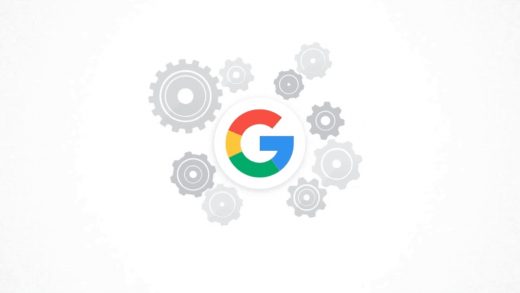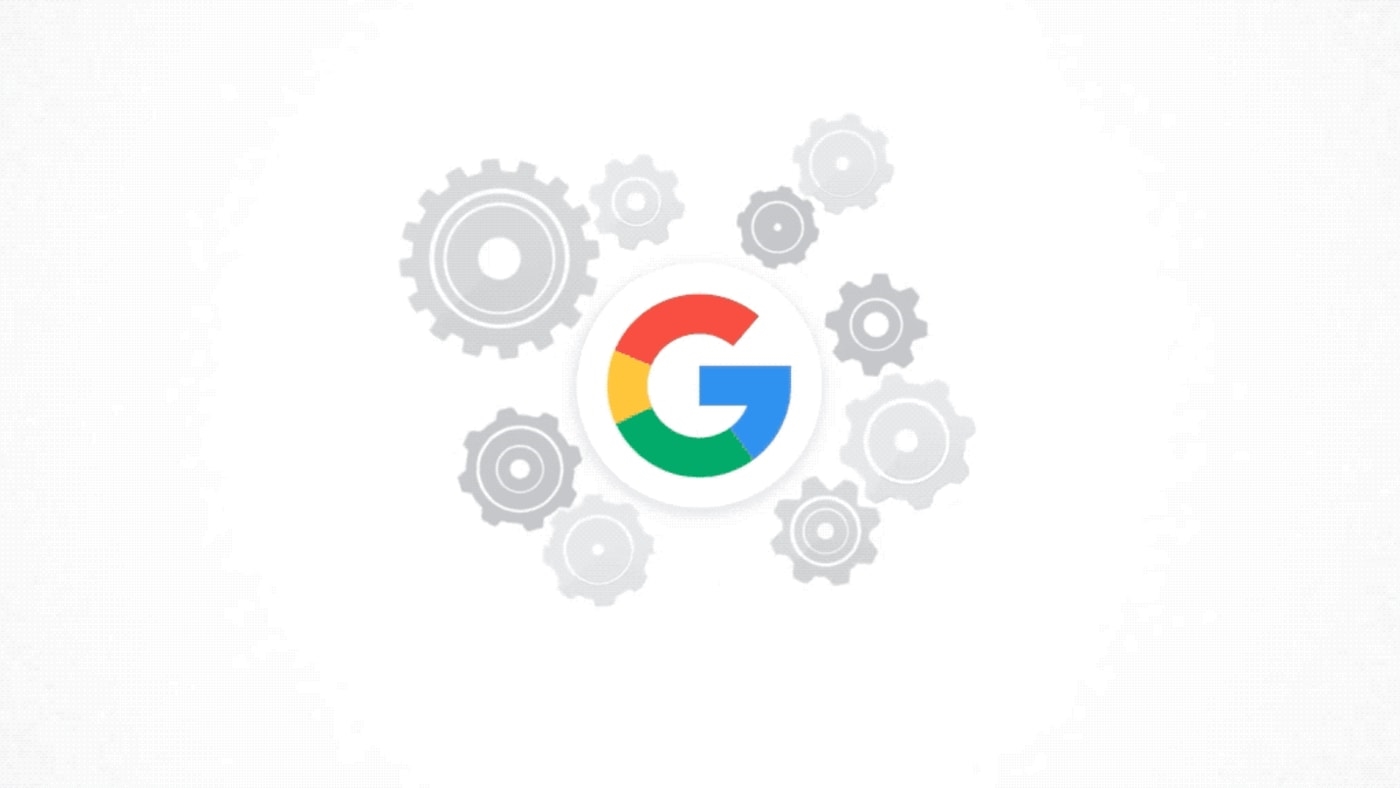Google introduces machine learning ad tools and brands are hot for them
In the wake of consumer data scandals like Cambridge Analytica, heightened scrutiny for targeted advertising practices, and marketers’ concerns that their ads will appear alongside questionable or offensive content, brands face ever-increasing challenges to effectively reach consumers across the plethora of digital platforms and devices. Google, whose revenue overwhelmingly relies upon marketers not being anxious about digital advertising, addressed a handful of these issues today, unveiling a number of new tools for advertisers, all rooted in machine learning.
The new tools include responsive search ads that mix, match, and optimize ads in real time to show the best-performing ad for each search query; a new way to optimize performance of YouTube ads for “brand lift” (increasing customers’ awareness, ad recall, consideration, and favorability); and a new campaign type designed to drive foot traffic to local businesses by automatically optimizing their ads across Search, YouTube, and Maps.
Marketers are excited to give them a spin. “They’re making it simpler for business to create ads and, more importantly, understand the success of those ads,” says Eric Heaton, tech director at global creative agency B-Reel, which works with brands like Nike, H&M, and Google. “The products surrounding campaign tracking and insights are going to be a real game changer, especially the cross-device behavior tracking, and the new ‘Instant Reporting’ feature on [Google Marketing Platform]. Marketers will be able to better understand the way users are engaging with their ads, and adapt them in real time.”
With new data privacy laws becoming more prevalent, Katrin Zimmermann, managing director of Omnicom digital strategy consultancy TLGG, says it’s becoming much more difficult for advertisers to target specific consumers, and that pressure makes practices like manual A/B testing more important despite their relative inefficiency. “The responsive search ads will offer an efficient and effective solution via automated ad testing based on Google’s algorithms,” she says. “Google seems prepared for a rise in voice-based search, which tends to focus a lot more on immediate and local inquiries. The new commerce tools have a retail feature that allows marketers to leverage this by setting up business goals such as driving foot traffic to the store.”
Not everyone, though, is as sanguine about Google’s latest innovations. “I would have liked to see more specifics around how algorithmic targeting will work,” given YouTube’s issues with ad placement, says Chris Neff, senior director of innovation at agency The Community. “Today’s announcement of the launch of Maximize Lift adds promise to getting it right, but still neglects the bigger issue of how they are going about it.” Neff believes that the heavier reliance on algorithmic decision-making “could lead to similar problems outside of YouTube given these ‘smart’ decisions. This goes beyond just the results and performance.”
The announcements come after the company unveiled more machine learning into their consumer products like Gmail and Photos at I/O in May, and barely two weeks since the company rebranded AdWords as Google Ads, and DoubleClick as Google Marketing Platform and Google Ad Manager.
(25)



